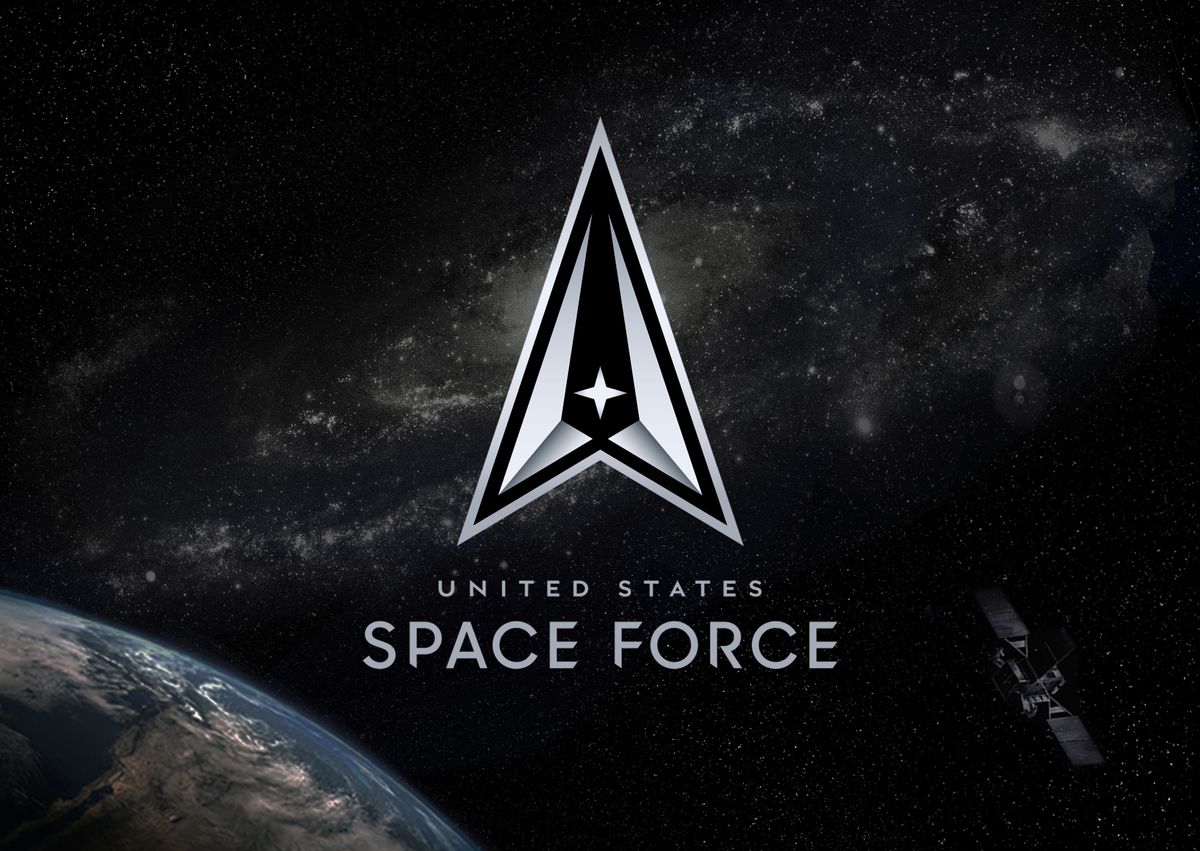US Space Force announces its rank system

The United States’ newest military branch continues to carve out its own identity.
On Friday (Jan. 29), the U.S. Space Force announced its rank system, the terms that it will use for officers and enlisted personnel up and down the ladder of experience and responsibility. Though most of those titles are inherited from the U.S. Air Force, there are a few exceptions, according to a Space Force announcement.
Specifically: The four ranks of junior enlisted personnel that the Air Force calls “airman” will be known as “specialist” in the Space Force, which was officially established in December 2019. (There is some overlap here with the U.S. Army, which uses “specialist” for one of its junior ranks.)
Related: What is the Space Force?
The newly announced rank structure, which takes effect on Feb. 1, will likely disappoint William Shatner. In an August 2020 op-ed, the original Capt. Kirk put his weight behind a proposal to use Navy ranks for the Space Force. “There was no Colonel Kirk; not even in the mirror universe (which is what 2020 feels like at times),” Shatner wrote. (There will be both colonels and captains in the Space Force, as you can see in the branch’s rank structure here.)
The rank system adds to a developing Space Force-specific nomenclature. Last month, for example, we learned that someone serving in the Space Force, whatever his or her rank may be, is a “Guardian.”
Each branch of the U.S. military has such a general appellation. The others are “Soldier” (Army), “Sailor” (Navy), “Airman” (Air Force), “Marine” (Marine Corps) and “Coast Guardsman” (Coast Guard).
Mike Wall is the author of “Out There” (Grand Central Publishing, 2018; illustrated by Karl Tate), a book about the search for alien life. Follow him on Twitter @michaeldwall. Follow us on Twitter @Spacedotcom or Facebook.
